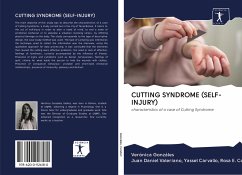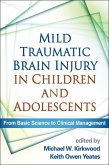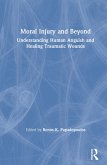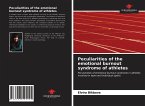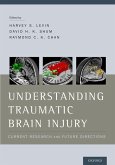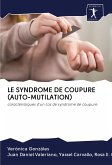The main objective of this study was to describe the characteristics of a case of Cutting Syndrome, a study carried out in the city of Tarija-Bolivia. It refers to the act of self-injury in order to alter a state of mind, to end a state of emotional confusion or to alleviate a situation involving stress, by inflicting physical damage on the body. The study corresponds to the type of descriptive design, the case study method was used. The type of sampling was intentional; the technique used to collect the information was the interview, using the qualitative approach for data processing. It was concluded that the elements that caused the cutting were affective problems, the need or lack of affection, feelings of loneliness, curiosity accompanied by the influence of friends. Presence of signs and symptoms such as denial, nervousness, feelings of guilt, shame for what leads the person to hide the wounds with clothes. Presence of compulsive behaviour; unstable and short-lived emotional relationships, presence of insecurity, jealousy and distrust.
Hinweis: Dieser Artikel kann nur an eine deutsche Lieferadresse ausgeliefert werden.
Hinweis: Dieser Artikel kann nur an eine deutsche Lieferadresse ausgeliefert werden.

